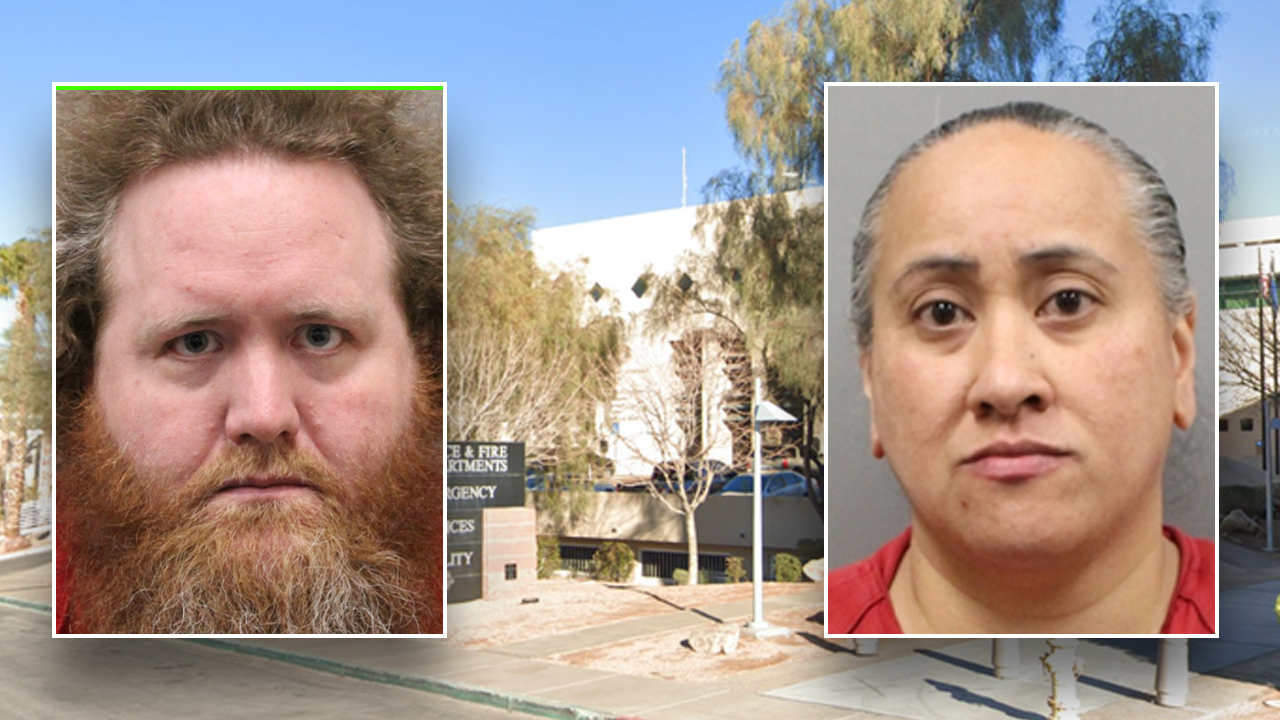Basal cell carcinoma is the most common form of skin cancer, but it can be easy to miss, or mistake for another skin issue.
Doctors often discover the cancer during a routine skin check, said Dr. Melissa Piliang, chairman of the dermatology department at Cleveland Clinic. “A patient may not have even noticed” signs of the disease, she said.
In a Facebook post this week, the health and fitness personality Richard Simmons announced he had been treated for basal cell carcinoma. He said he first noticed a “strange looking bump” under his eye that he tried treating with Neosporin. It was only after seeing a dermatologist that Mr. Simmons was diagnosed with basal cell carcinoma.
While it can be difficult for patients to identify, basal cell carcinoma — which is estimated to affect several million people in the United States each year — is very treatable. Here’s what to know about causes, prevention and treatment.
What causes basal cell carcinoma? And how does it differ from other skin cancers?
People usually develop basal cell carcinoma after they are exposed to UV radiation through sunlight, tanning beds or sun lamps. The disease is the result of cumulative, chronic exposure, said Dr. Karen Connolly, a dermatologist at Memorial Sloan Kettering Cancer Center. Research suggests it is most common in adults over age 40.
The disease occurs in basal cells, which are found within the epidermis, the outer layer of the skin. Another kind of skin cancer can develop in squamous cells, which lie just above them
Basal cell carcinoma is more common and far less deadly than another form of skin cancer, melanoma, which grows in skin cells called melanocytes. Melanoma is especially dangerous because it can grow rapidly and spread to other parts of the body if untreated. Melanomas typically look darker or browner than basal cell carcinomas, Dr. Connolly said, but patients should bring any lesion they’re worried about to a dermatologist’s attention.
What does basal cell carcinoma look like?
Basal cell carcinomas are common in the areas of the body most exposed to the sun: typically the head, face, neck and arms, said Dr. Paras Vakharia, an assistant professor of dermatology at Northwestern Medicine. Most of the time, the lesions are “pink and pearly,” he said. “They almost look a little bit shiny,” he said. They can sometimes be brown, blue or gray. The lesions may also bleed easily, including when people wash their faces, Dr. Piliang said.
“When I educate patients, I tell them to look for pimples that don’t heal,” she added.
People sometimes mistake basal cell carcinoma for acne scars, minor skin injuries, moles, warts or freckles, according to the American Academy of Dermatology.
How do you treat and prevent basal cell carcinoma?
Basal cell carcinoma grows slowly, but it’s important to address the disease as soon as possible, doctors said.
Doctors use several different approaches to treat the condition. One is known as Mohs surgery, in which doctors remove thin layers of skin, one at a time, to get rid of cancerous lesions. In other cases, doctors might perform a procedure called electrodesiccation and curettage — or, as Dr. Connolly put it, a “burn and scrape” of skin growths. If the carcinoma is very small, it can be treated with a chemotherapy cream, Dr. Vakharia said.
Basal cell carcinomas are rarely fatal. Dr. Connolly said that patients sometimes “hear the word ‘cancer’ and they think, ‘I’m going to die from this.’” But, she explained, most cases “really have no effect on the patients’ overall health.”
However, Dr. Vakharia said that a diagnosis of basal cell carcinoma should be a clear sign to patients that “they need to be more cautious with sun exposure.” He encouraged people to wear broad-brimmed hats that fully shield the face from UV rays and to use sunscreen with at least SPF 30 protection. Reapply sunscreen if you’re outside for an extended period of time, he added.
And “tanning bed use is a big no-no,” Dr. Connolly said. A mounting body of evidence has linked indoor tanning to an increased risk of melanoma, she said.
If you’ve had a significant amount of sun exposure throughout your life, have had sunburns so intense they blistered, or have a family history of skin cancer, you may want to see a dermatologist for a base line skin exam, Dr. Vakharia added.
And in general, people should take time to scan their skin about every month, Dr. Connolly said, to “make sure there’s nothing new growing, changing rapidly.”






